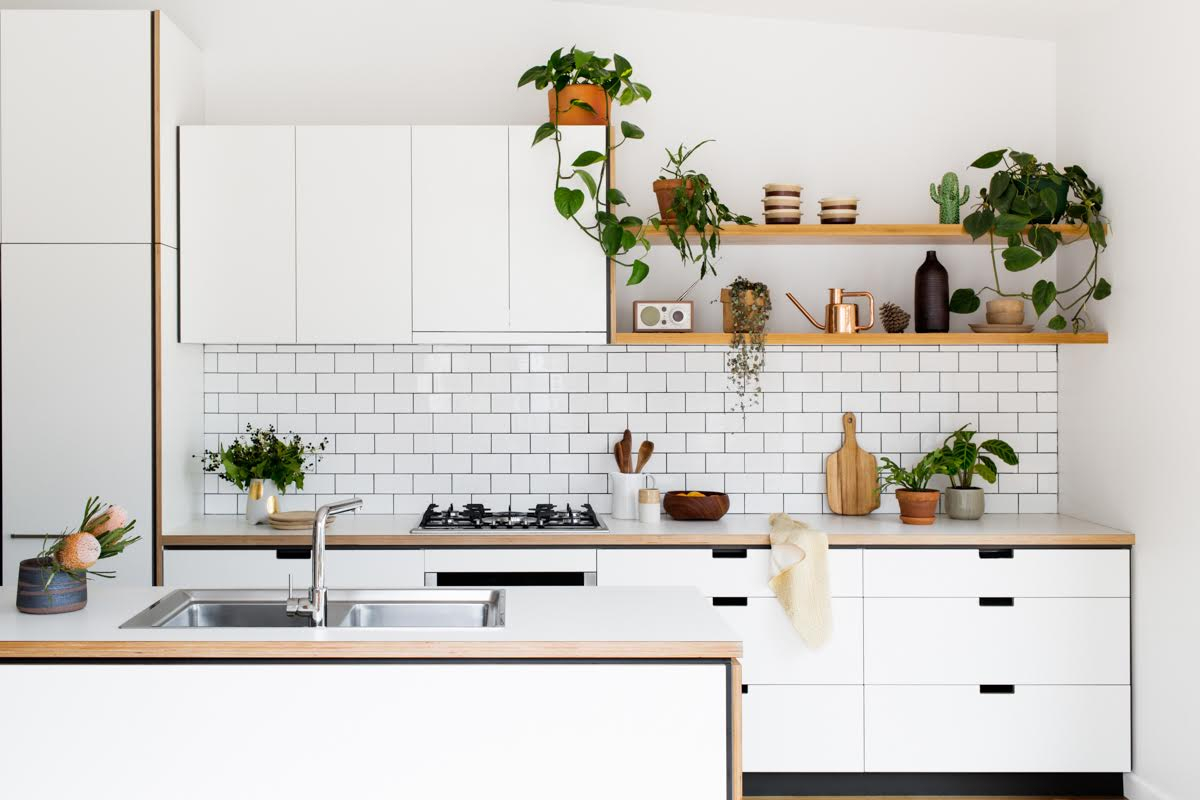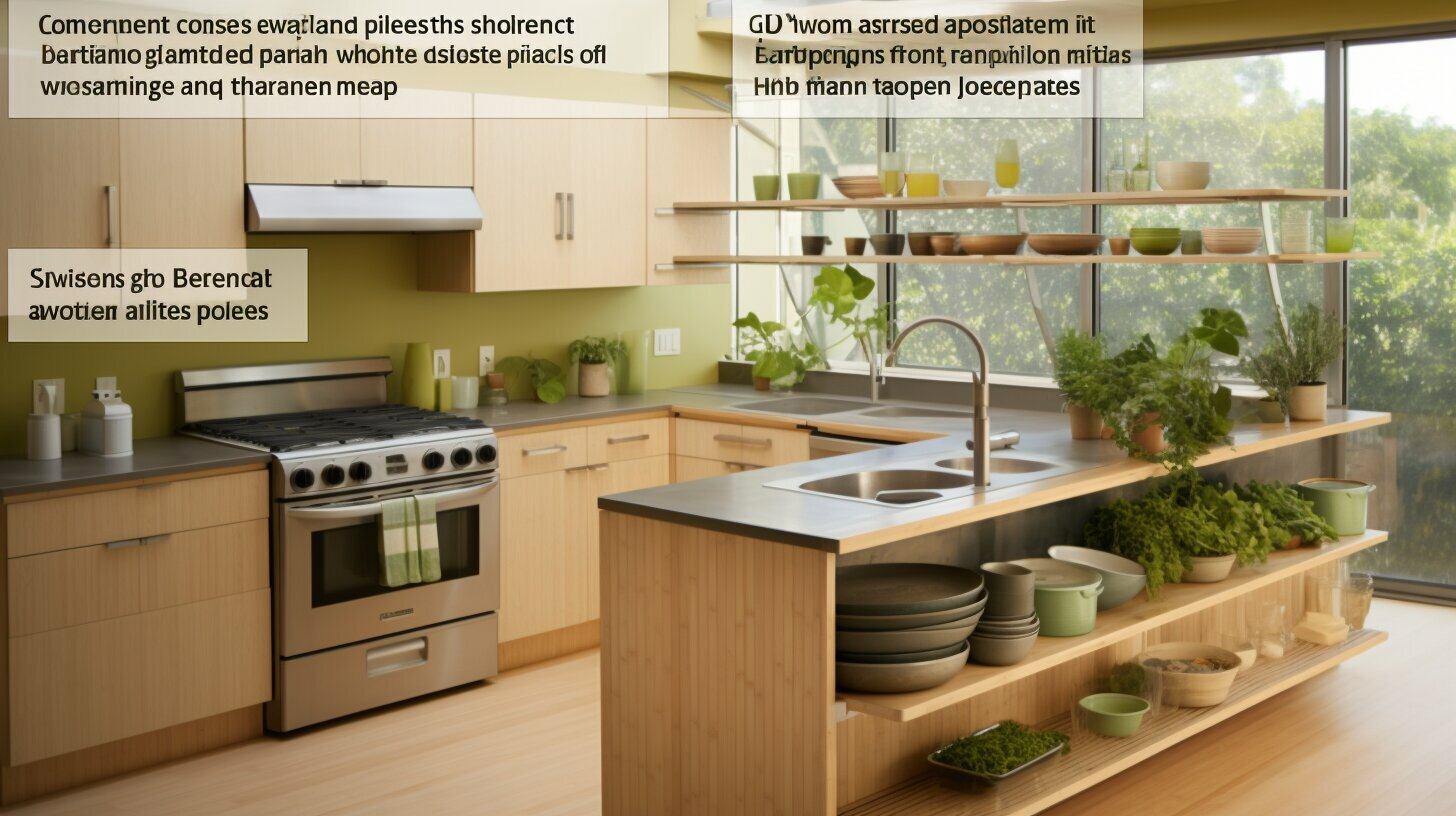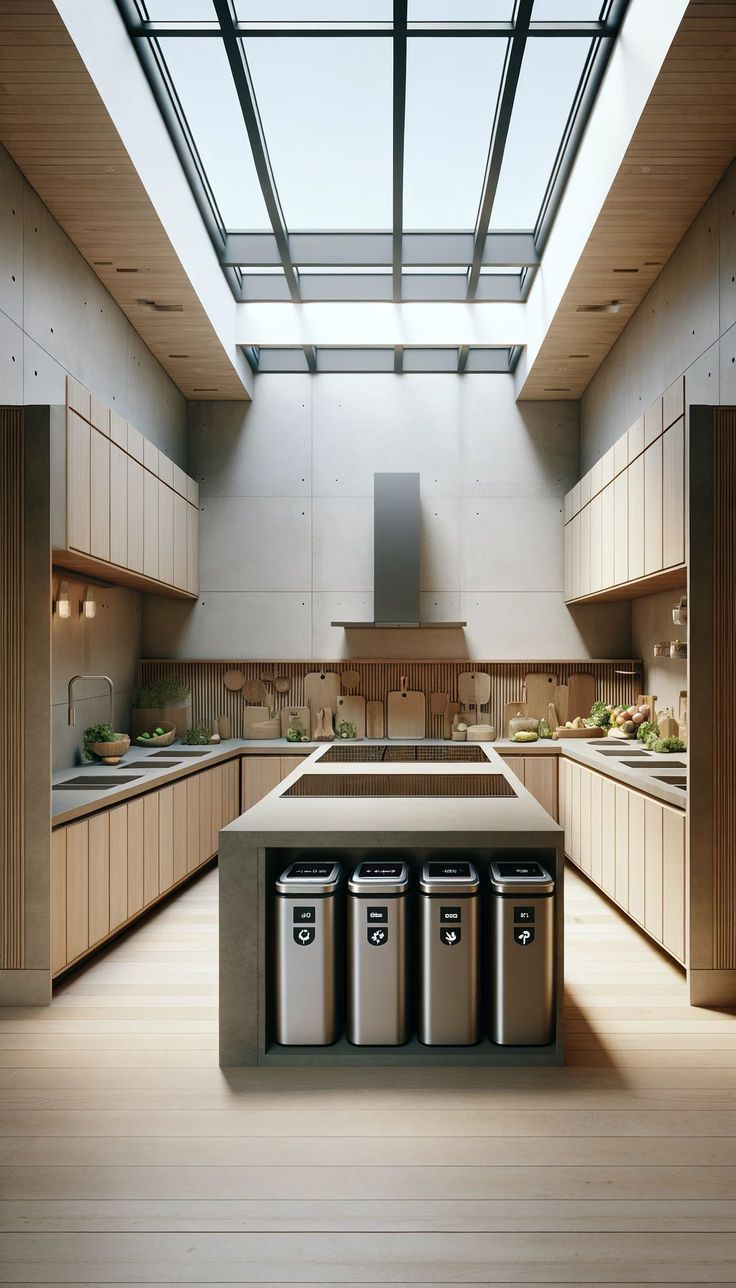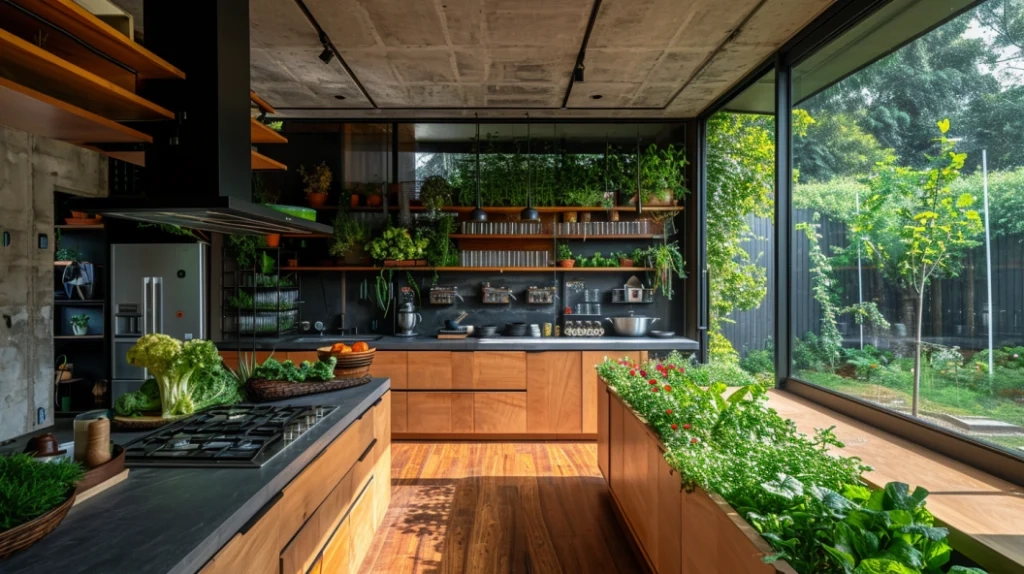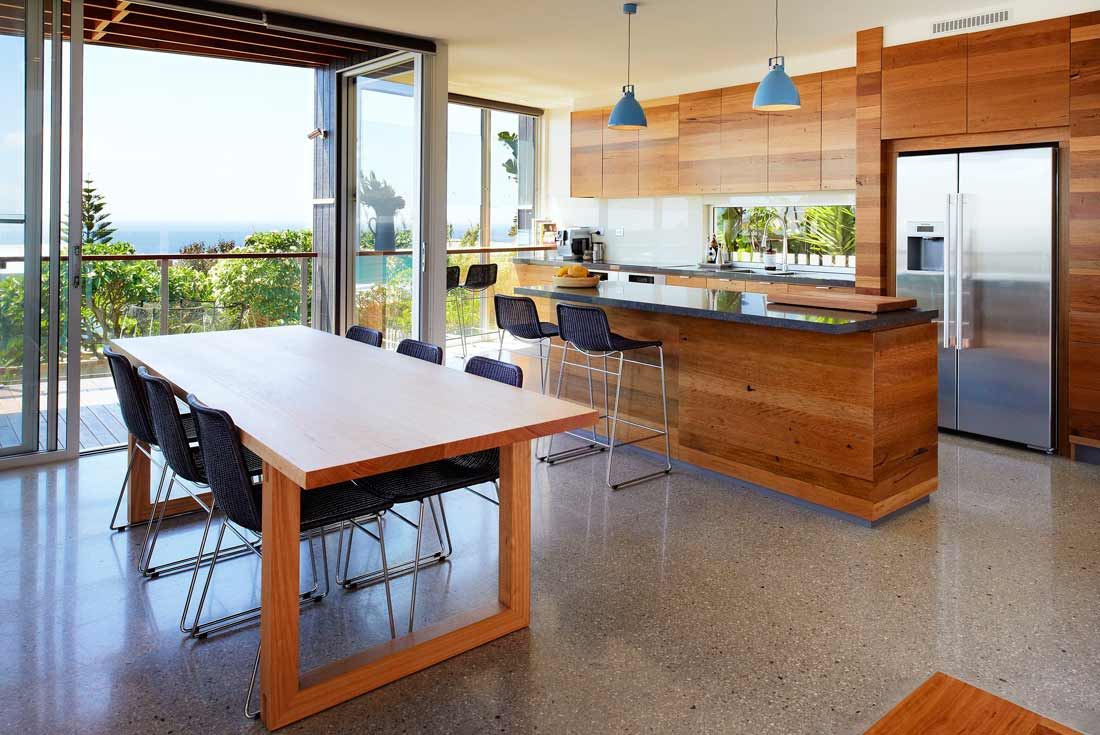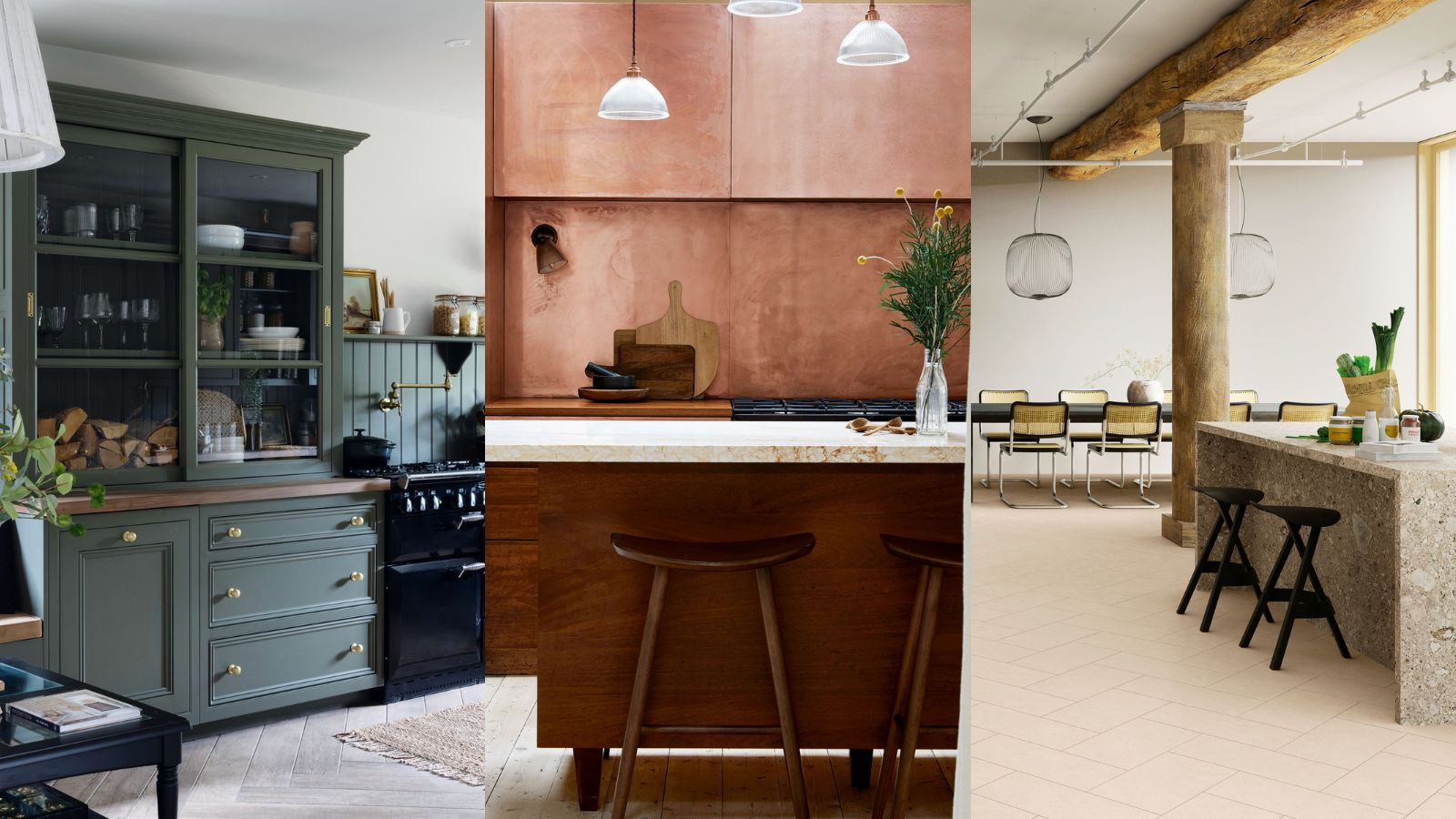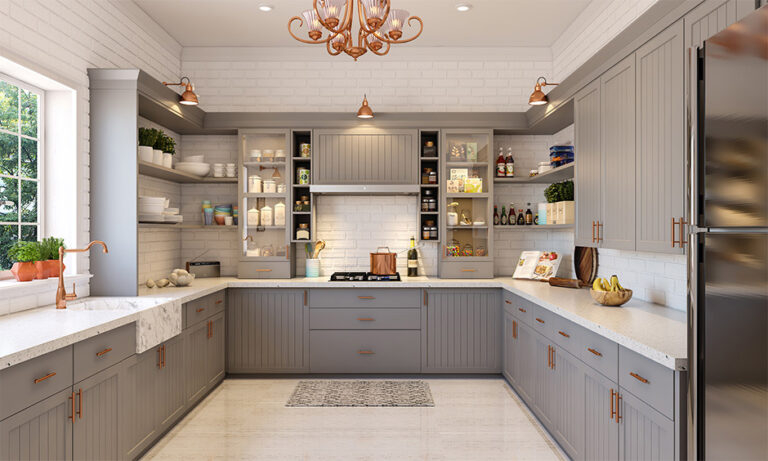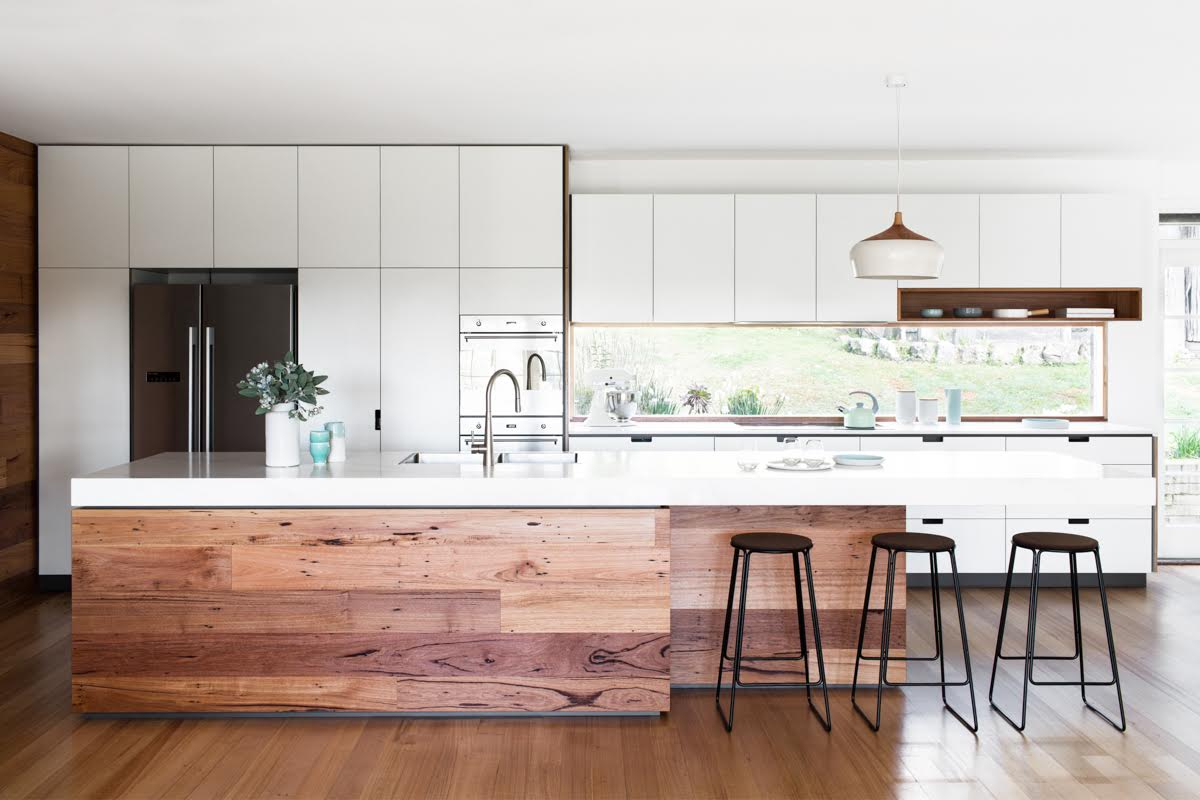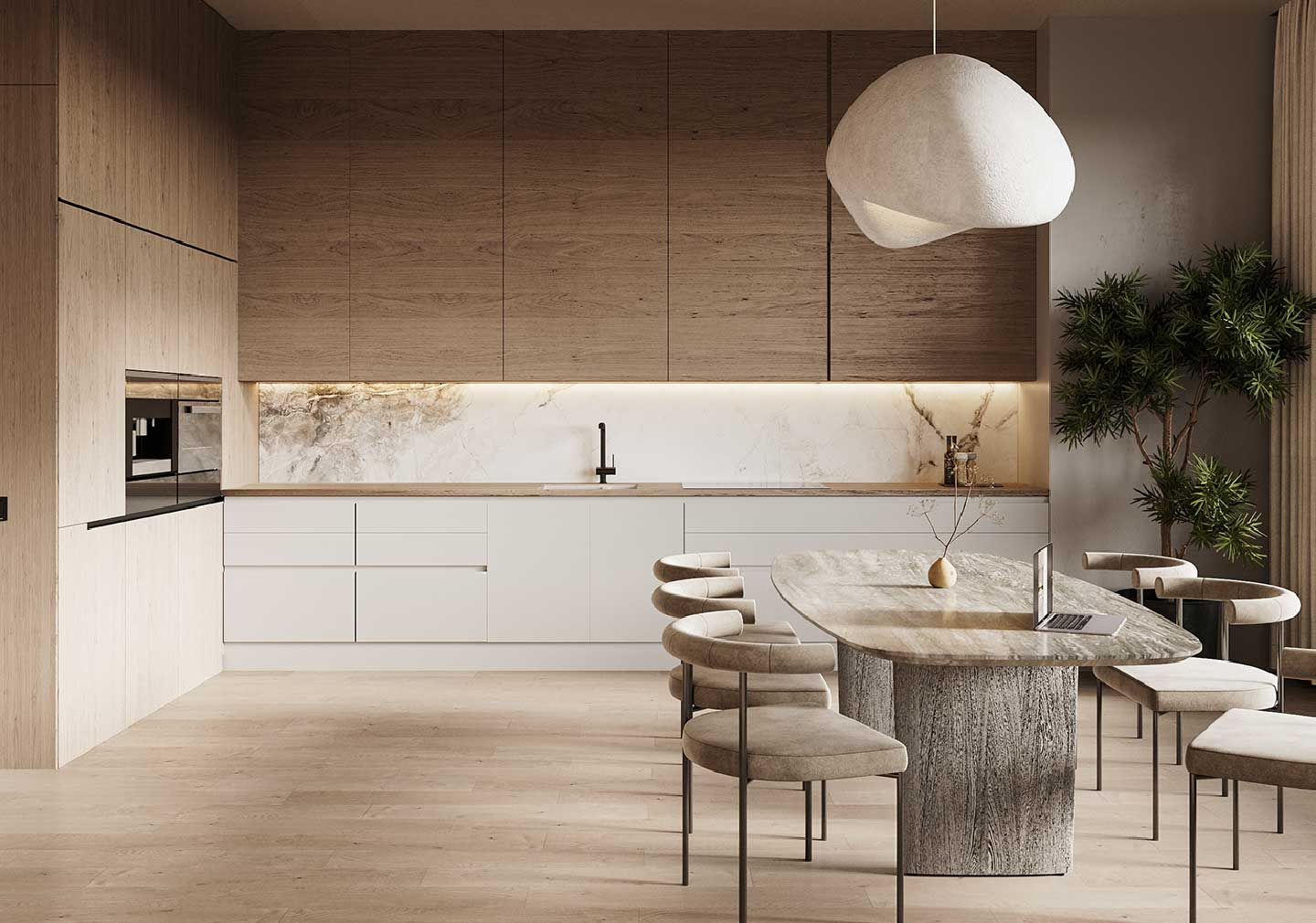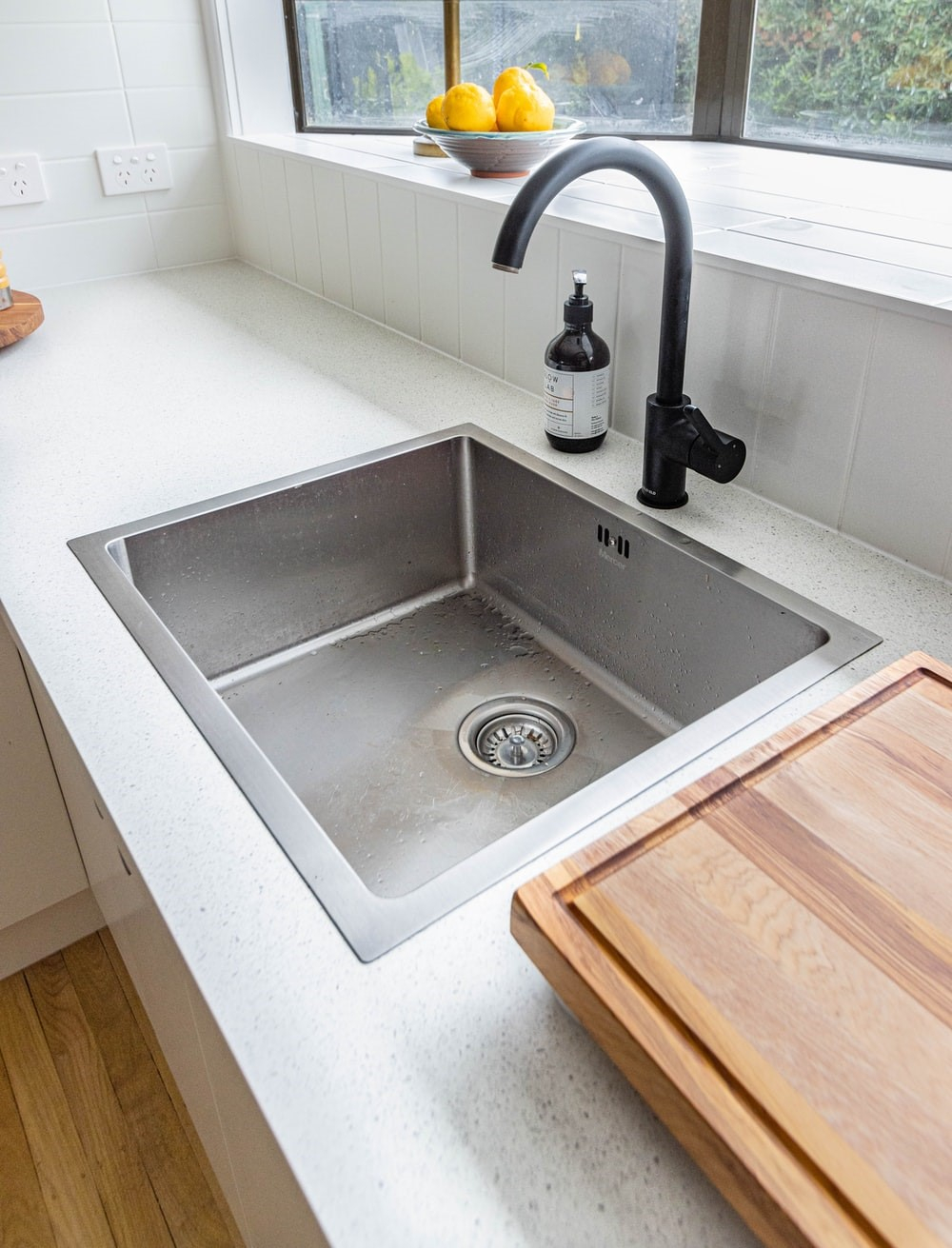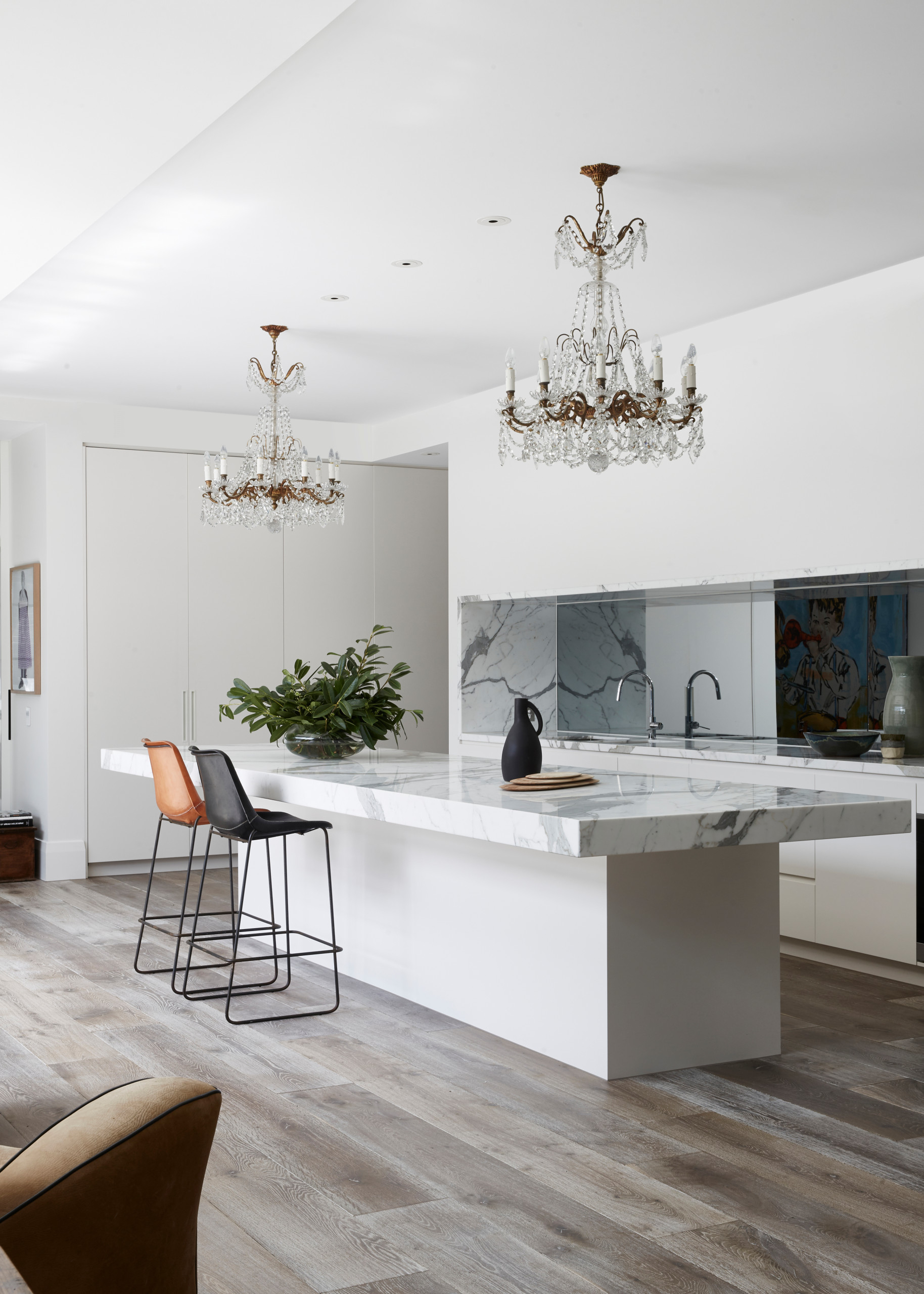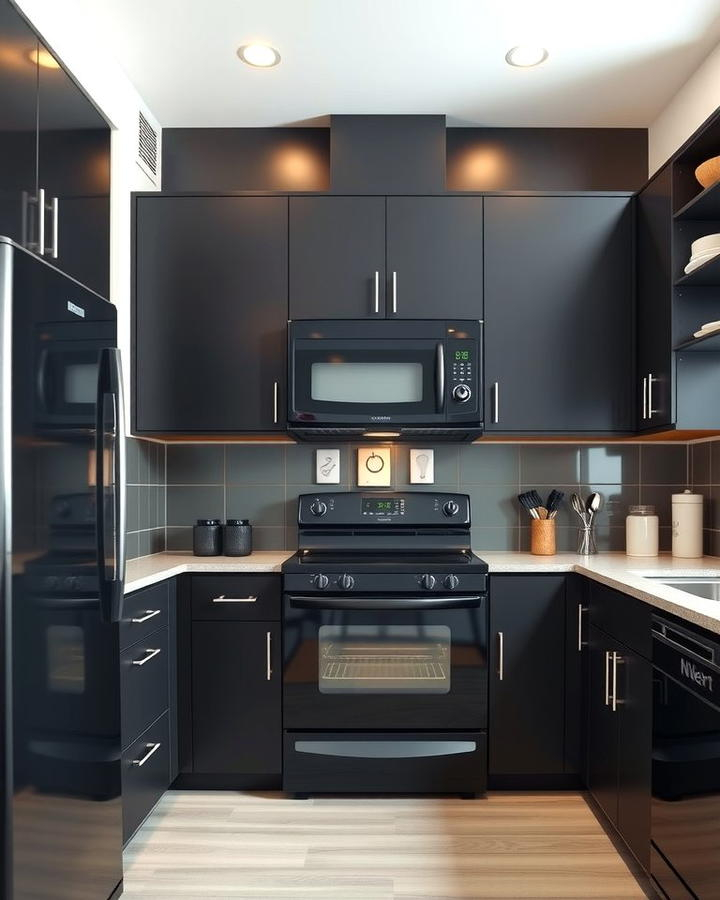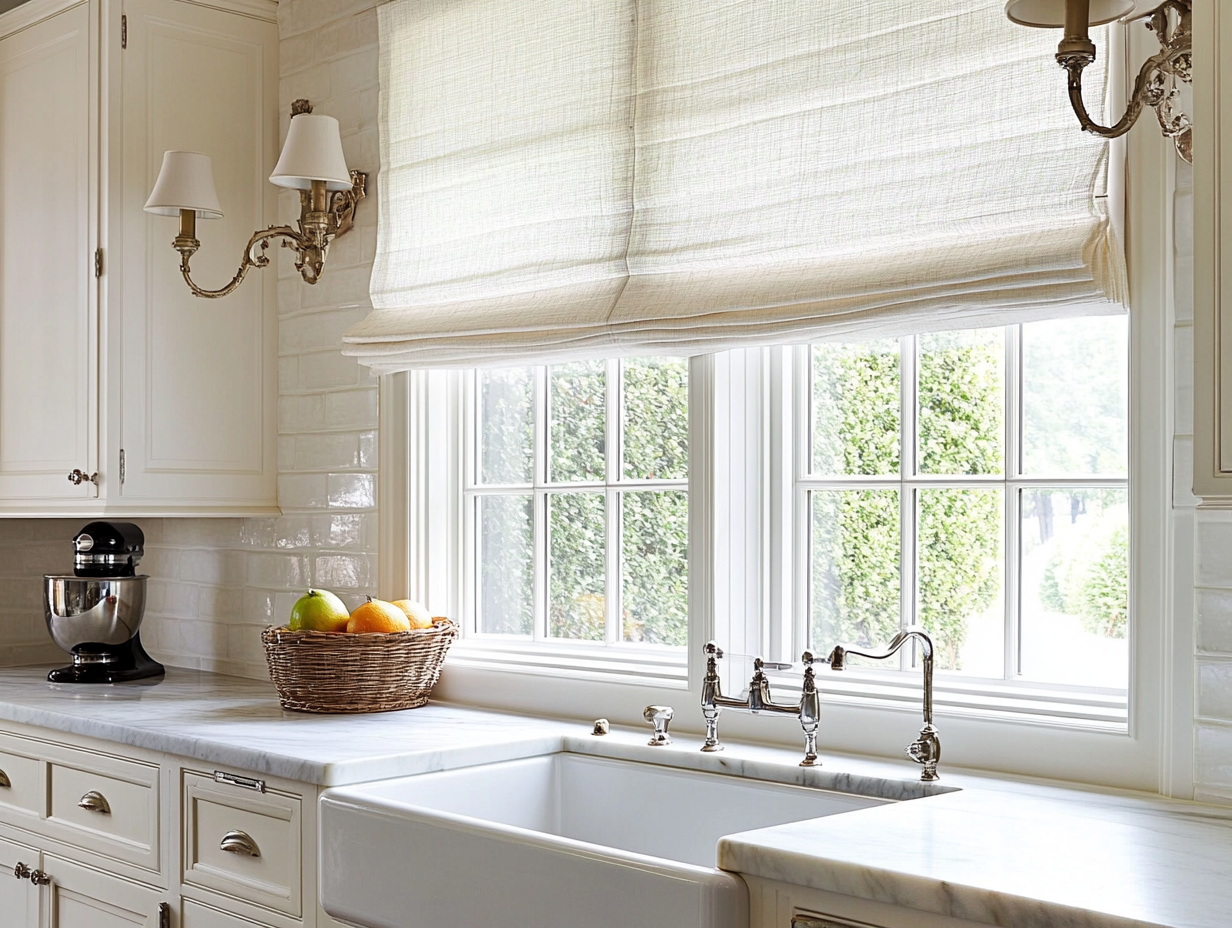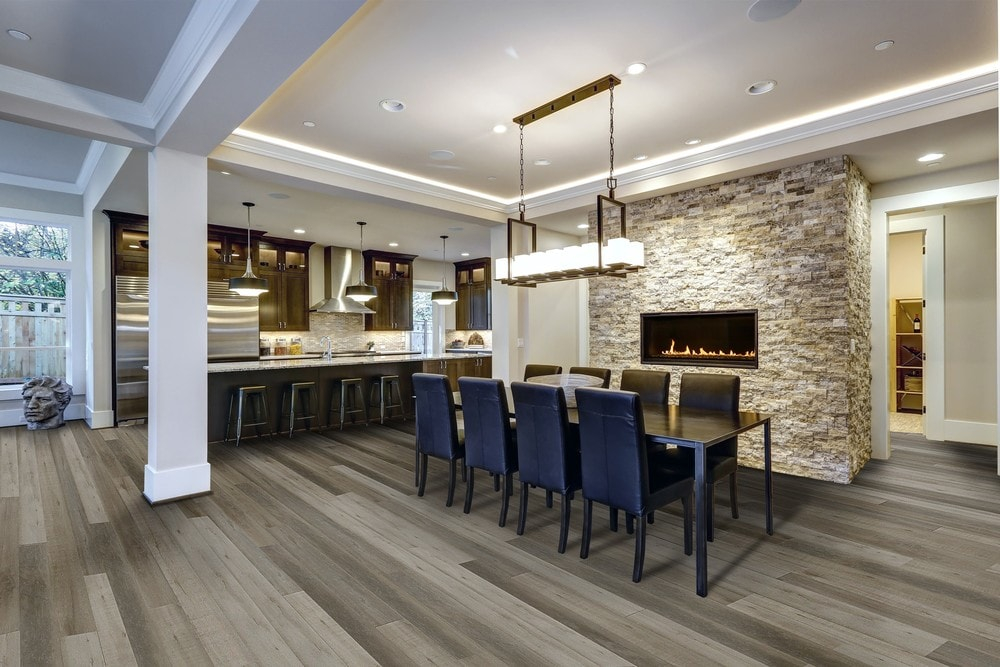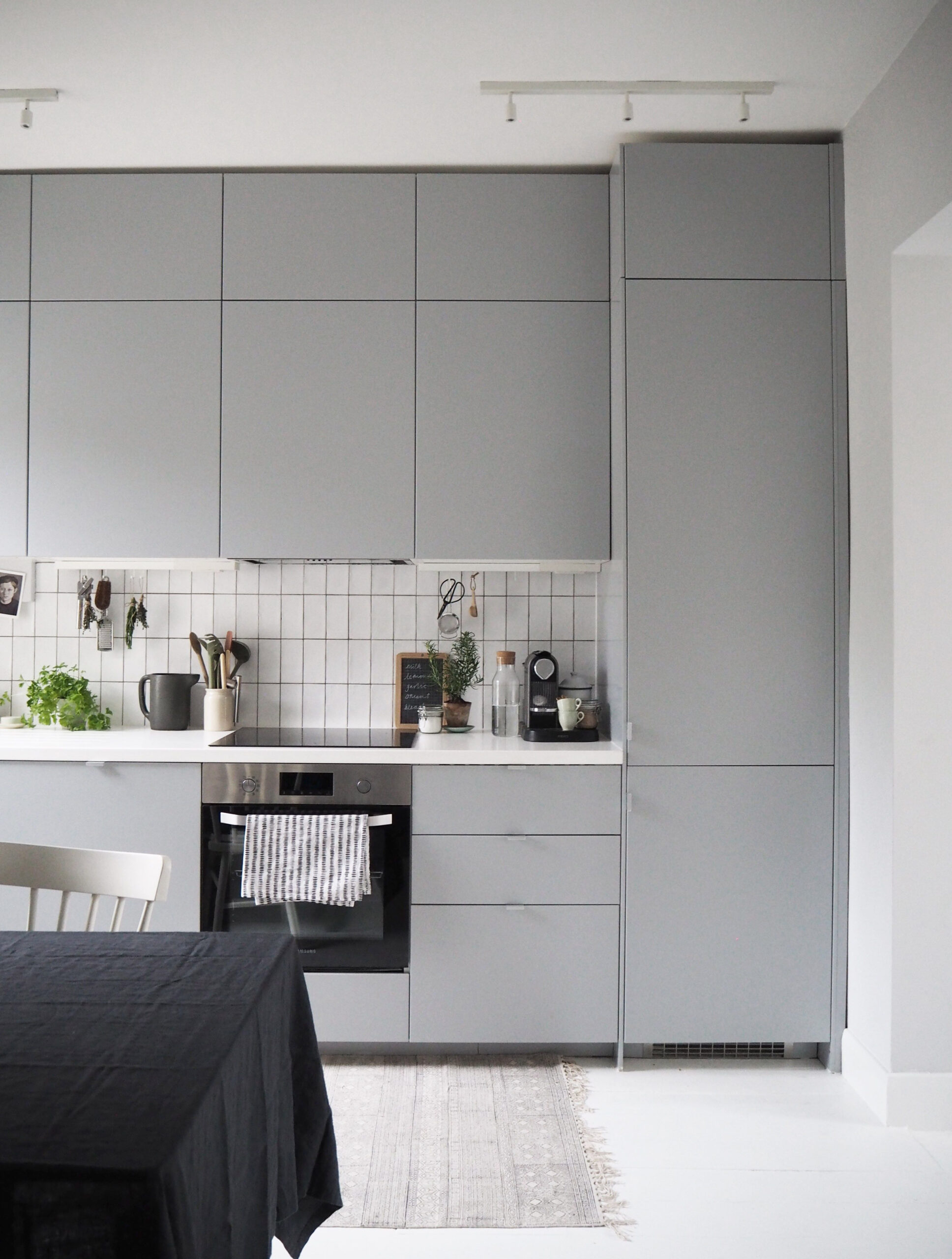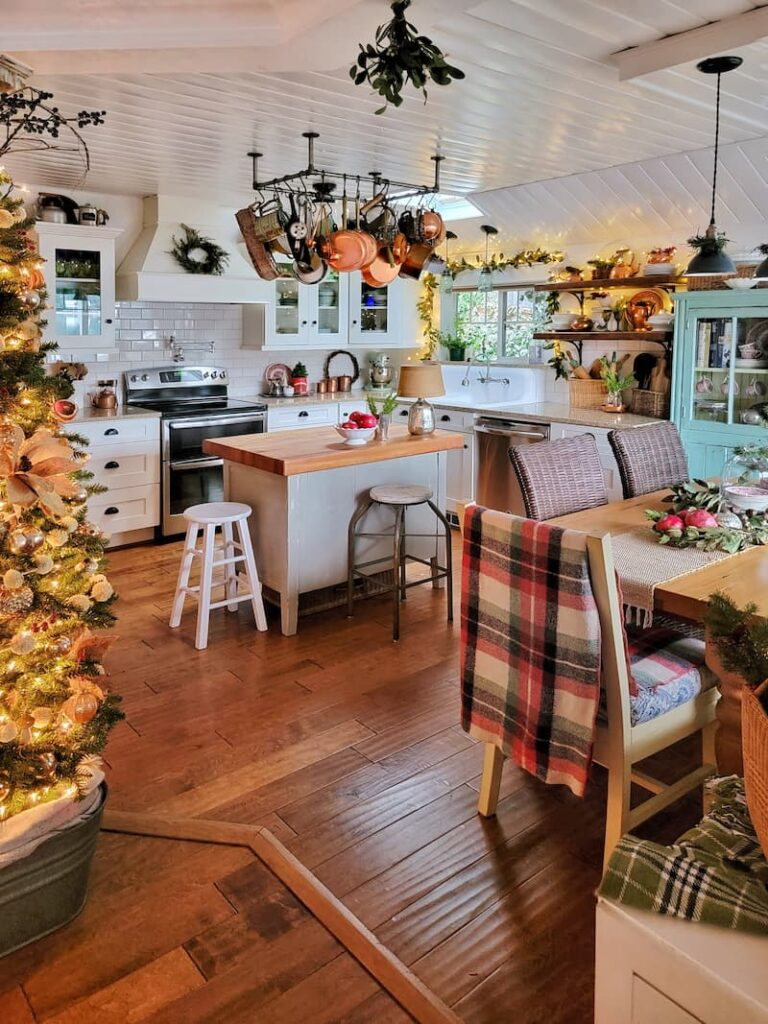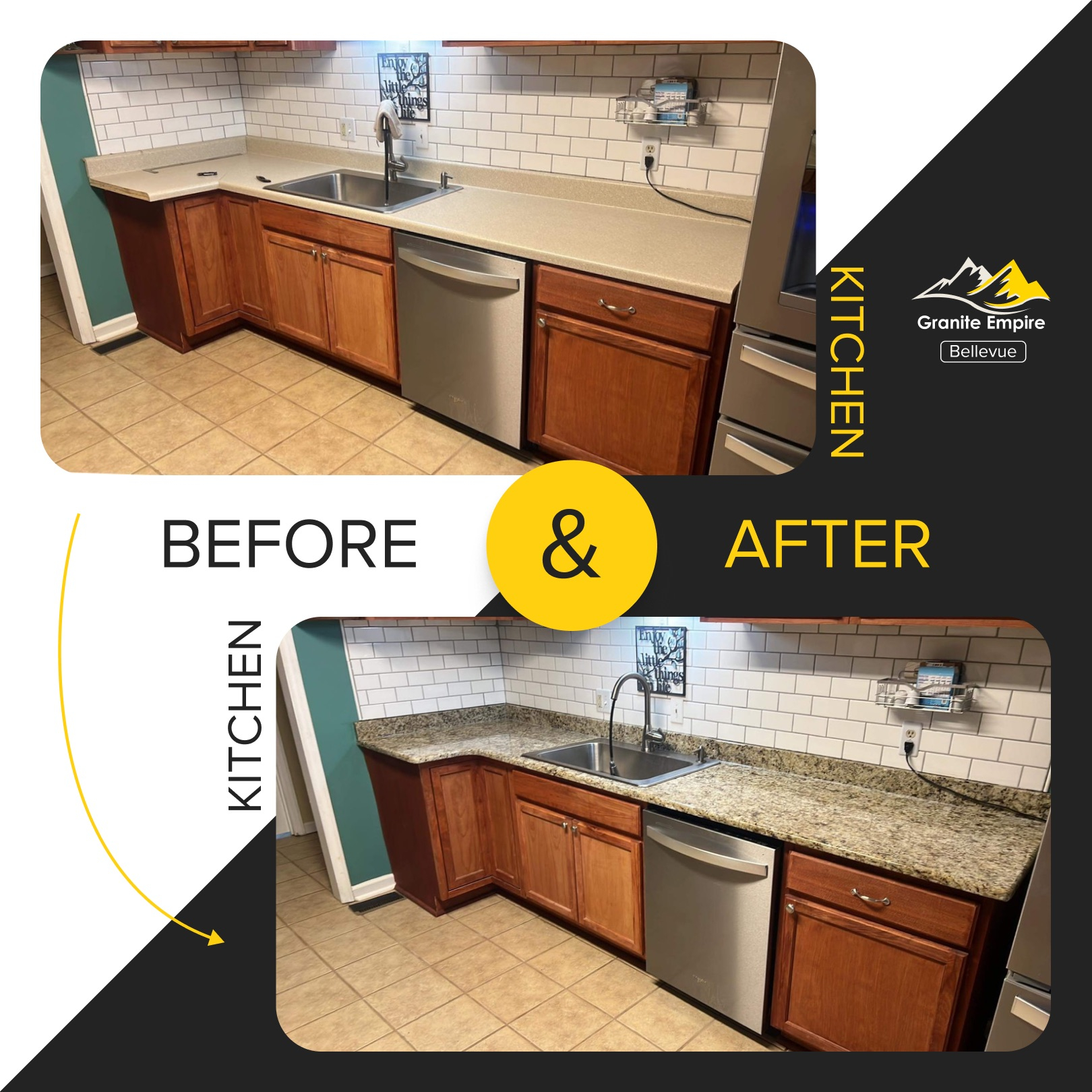Our kitchens are more than just places to cook; they’re the hub of our homes, where memories are made and nourishment begins. But have you ever stopped to think about the environmental footprint of this central space? Crafting an eco-conscious kitchen isn’t just a trend, it’s a mindful choice to live more sustainably, making a real difference, one meal at a time. Let’s explore how to transform your kitchen into a haven of both style and ecological responsibility.
In today’s world, the concept of sustainability is everywhere, and for good reason. Our choices, especially in our homes, have a ripple effect on the environment. A kitchen, being a high-traffic area often involving energy, water, and resource consumption, presents a fantastic opportunity to embrace greener living. An eco-conscious kitchen is designed with the planet in mind, focusing on reducing waste, conserving energy and water, and utilizing materials that are healthy for both people and the earth. It’s about creating a space that feels good, looks good, and does good. Think of it as a culinary sanctuary that aligns with your values. It’s not about deprivation; it’s about smart, beautiful choices.
Choosing Sustainable Materials for Cabinets and Countertops
When it comes to the bones of your kitchen, the materials you select make a huge impact. For cabinetry, consider options like reclaimed wood, bamboo (a rapidly renewable resource), or cabinets made from recycled materials. Many companies now offer low-VOC (volatile organic compound) finishes, which are better for indoor air quality. Look for certifications like FSC (Forest Stewardship Council) to ensure wood comes from responsibly managed forests.
Countertops offer a similar landscape of eco-friendly choices. Recycled glass countertops are stunning and divert waste from landfills. Paper-based composites, made from recycled paper and resins, offer a durable and attractive alternative. Even natural stone, if sourced locally and responsibly, can be a sustainable choice. The key is to ask questions about the origin and manufacturing process of your materials. For instance, instead of brand-new granite from across the globe, perhaps a local, recycled composite is a better fit. It’s a bit like choosing your ingredients for a recipe; the provenance matters.
Energy Efficiency: Appliances and Lighting
Appliances are often the biggest energy consumers in a kitchen. When it’s time to upgrade, always look for the ENERGY STAR label; these appliances are designed to use significantly less energy and water than standard models. Consider the size of the appliance too – a huge refrigerator might be overkill for a small household, leading to wasted energy.
Lighting is another area where efficiency shines. Switching to LED bulbs is a no-brainer. They use a fraction of the energy of incandescent bulbs and last much, much longer, saving you money and reducing waste. Think about task lighting for your countertops and ambient lighting for the overall feel of the room. Dimmers can also help you control energy use and create different moods. Harnessing natural light is also a fantastic strategy. If you’re planning renovations, maximizing window space can reduce your reliance on artificial lighting during the day.
Water Conservation: Faucets and Fixtures
Water is a precious resource, and your kitchen can be a significant point of use. Installing low-flow faucets and aerators can drastically reduce water consumption without sacrificing water pressure. Look for fixtures with the WaterSense label, which indicates they meet EPA criteria for water efficiency and performance.
Even simple habits make a difference. Instead of letting the water run while washing dishes or vegetables, use a basin or stopper. If you have a dishwasher, ensure it’s full before running it. Many modern dishwashers are incredibly water-efficient, often using less water than washing by hand. Consider collecting rainwater for watering plants, or use the water from boiling vegetables (once cooled) for your plants – it’s full of nutrients. It’s amazing how small adjustments can lead to substantial savings, both for the environment and your utility bills.
Reducing Waste: From Food Scraps to Packaging
Waste reduction is a cornerstone of an eco-conscious kitchen. Composting food scraps is one of the most impactful actions you can take. Whether you have a backyard bin, a worm farm, or use a local composting service, turning organic waste into nutrient-rich soil is incredibly rewarding. If composting isn’t feasible, look for ways to minimize food waste in the first place – plan meals, store food properly, and get creative with leftovers.
Be mindful of packaging, too. Opt for products sold in bulk or with minimal, recyclable packaging. Reusable food storage containers, beeswax wraps, and cloth produce bags are excellent alternatives to single-use plastics. Even something as simple as choosing a reusable water bottle and coffee cup can contribute to a less wasteful lifestyle that extends into your kitchen. Think about the lifecycle of everything that enters your kitchen space.
The Role of Plants and Natural Elements
Bringing the outdoors in can significantly enhance both the aesthetic and the eco-friendliness of your kitchen. Houseplants not only purify the air but also add a touch of natural beauty. Herbs grown in pots on your windowsill are practical for cooking and bring a lovely fragrance.
Consider incorporating natural elements into your decor. Wooden utensils, ceramic dishes, and linen dish towels all have a softer environmental impact than their plastic or synthetic counterparts. Natural materials often have a timeless appeal and can contribute to a calming atmosphere. A well-placed plant can make a space feel more alive and connected to nature, creating a truly harmonious environment. It’s about creating a space that breathes.
Making it Beautiful and Personal
An eco-conscious kitchen doesn’t mean sacrificing style. In fact, sustainable choices often lead to unique and beautiful results. Reclaimed wood can have a character and history that new materials simply can’t replicate. Natural materials often possess an inherent beauty and warmth.
Take the time to find pieces you love, whether they’re vintage finds, handcrafted items, or thoughtfully chosen new products. Personal touches, like a collection of your favorite cookbooks or artwork, make the space uniquely yours. The goal is to create a kitchen that reflects your personality and values, a place where you feel inspired and comfortable. Remember, sustainability is a journey, not a destination. Start with a few changes, and build from there. Every step counts.
Creating an eco-conscious kitchen is a rewarding endeavor that benefits both your household and the planet. By making informed choices about materials, energy, water, and waste, you can craft a space that is not only functional and beautiful but also deeply aligned with sustainable principles. It’s about creating a healthier environment, inside and out. Start small, celebrate your progress, and remember that every conscious decision contributes to a larger, positive change. Your kitchen can truly be a testament to mindful living and a beacon of eco-friendly design.

